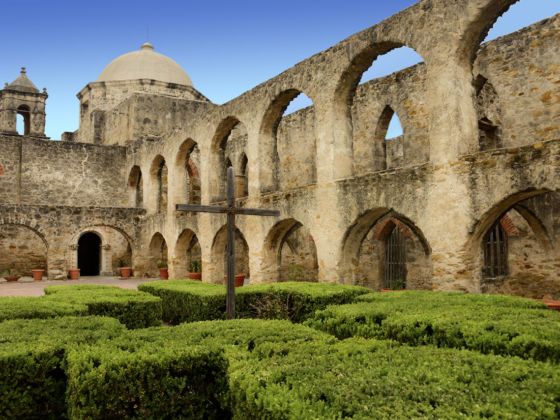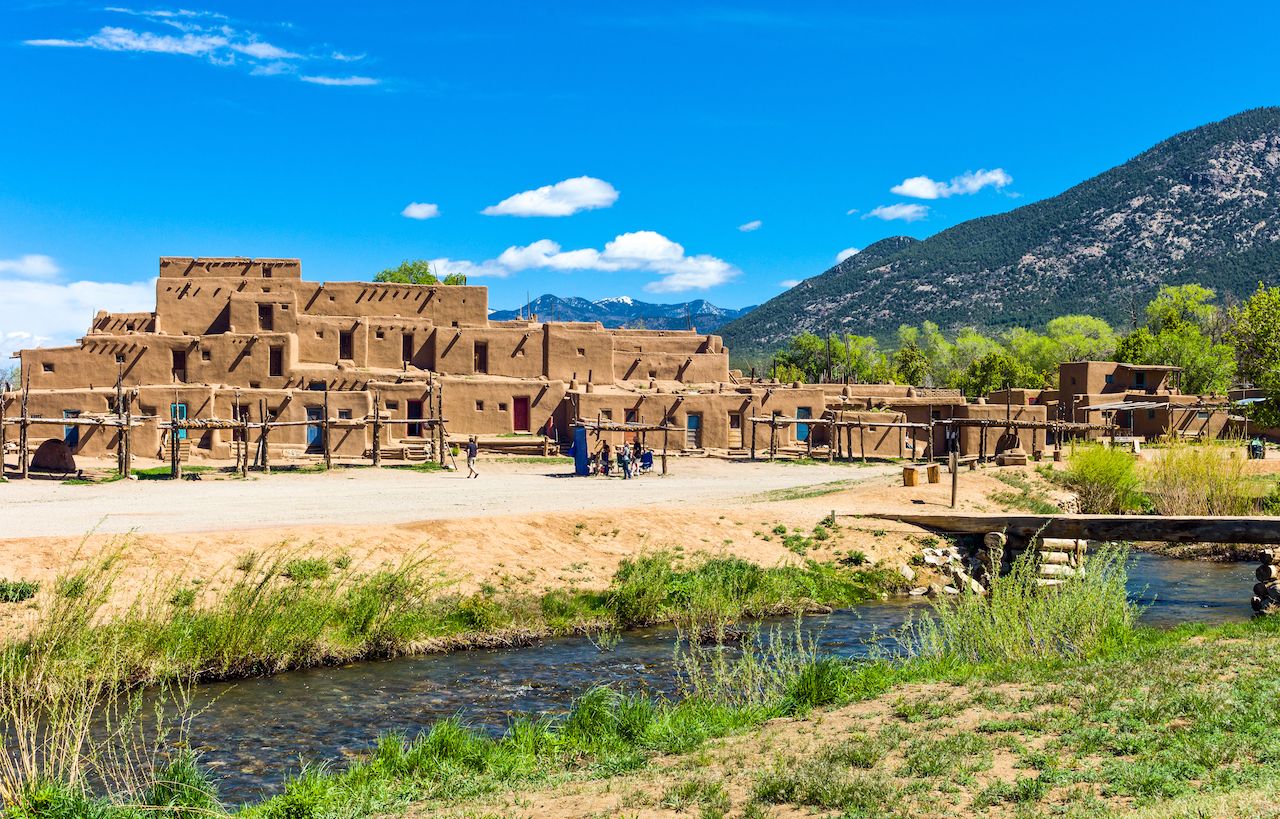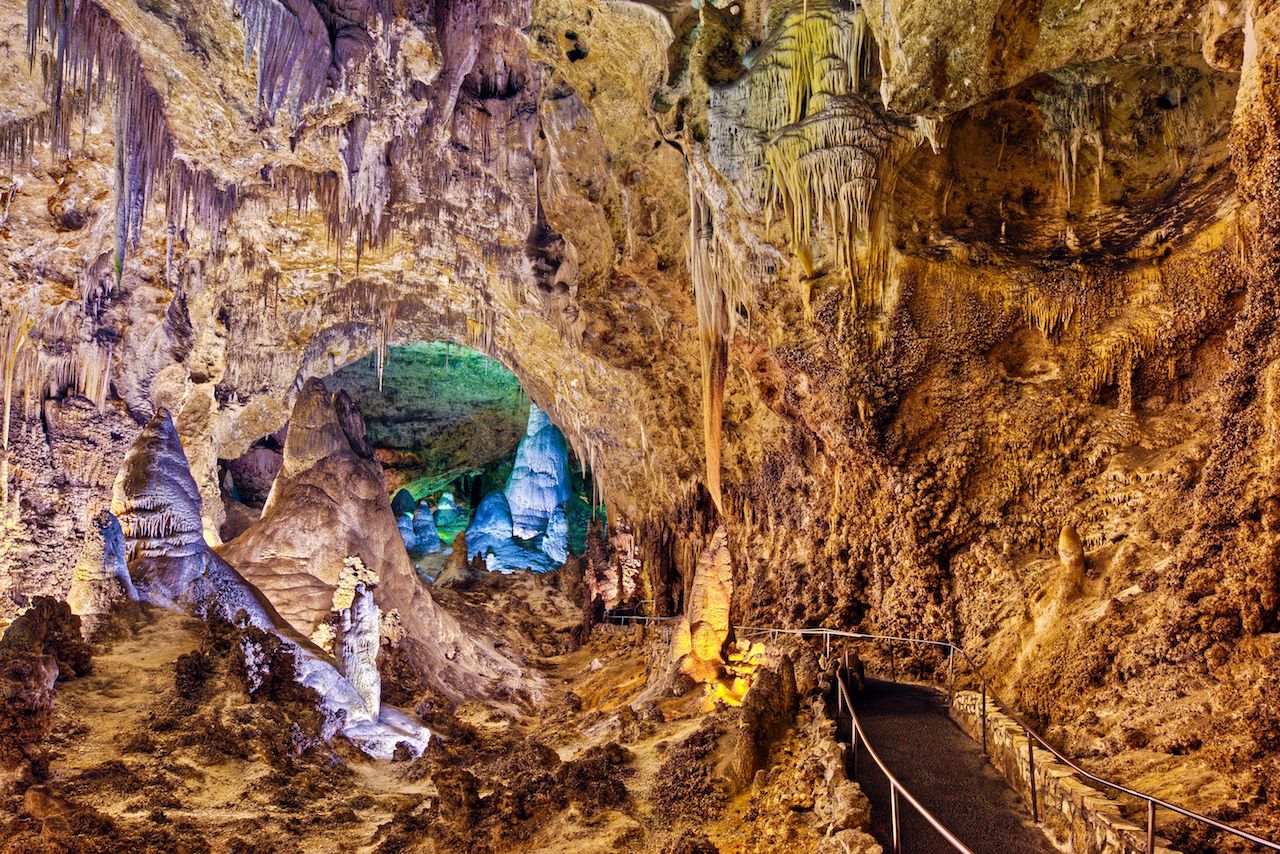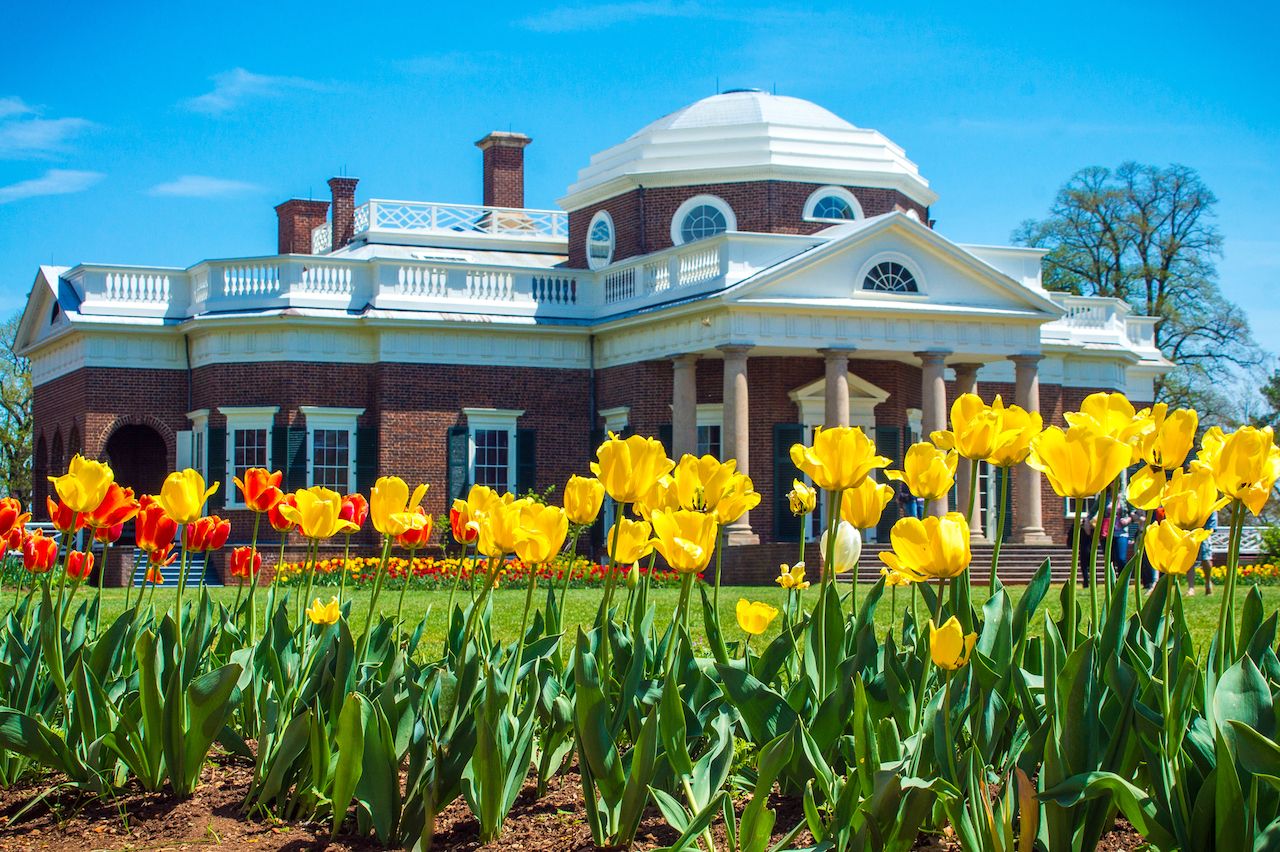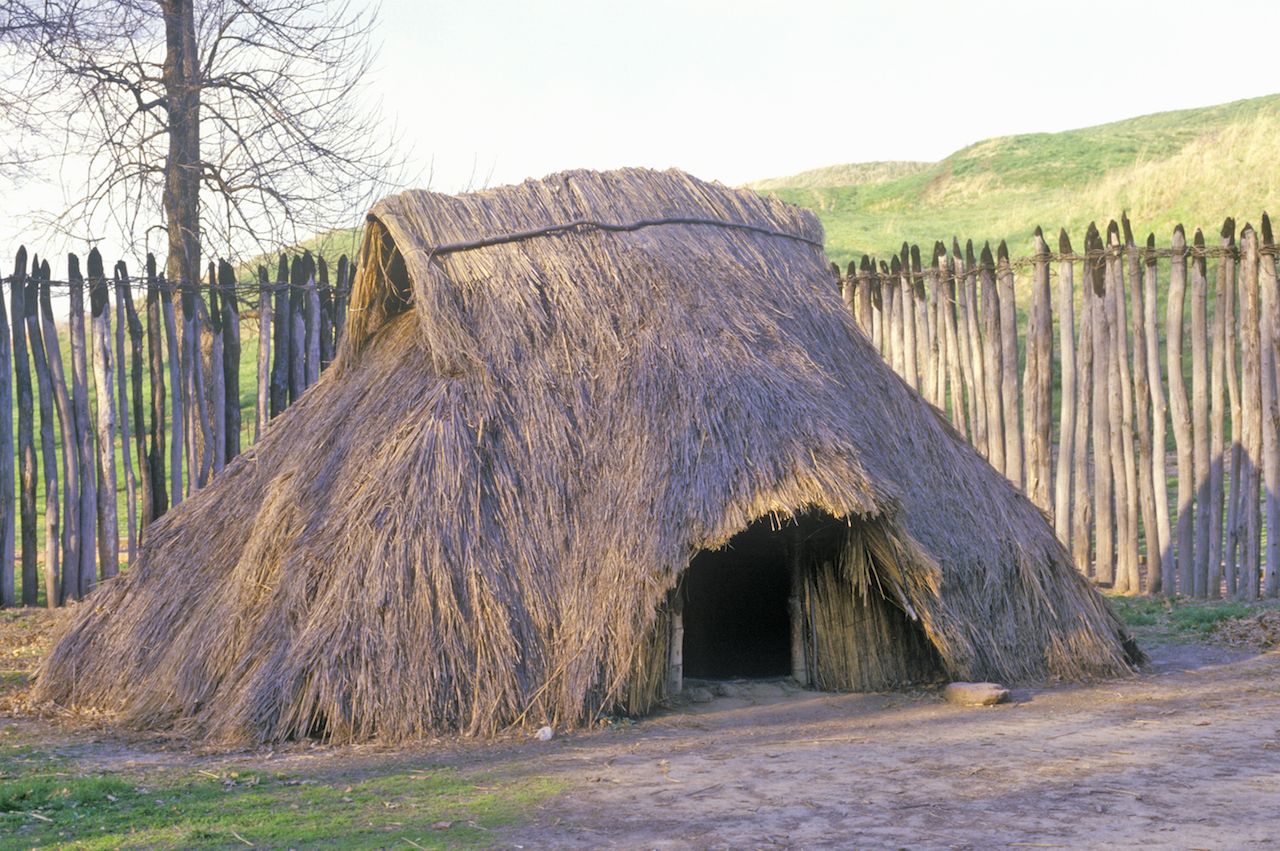Of the 1,092 UNESCO World Heritage sites in the world, there are 24 in the United States. The big ones — the Statue of Liberty, Grand Canyon National Park, and Independence Hall — draw millions of visitors every year. While these places certainly deserve all the hype they get, they’re not the only UNESCO sites worthy of your travel plans.
From the deserts of New Mexico to the middle of the Pacific Ocean, these World Heritage sites showcase the human creative genius and natural beauty of the US. And chances are, you’ll be able to enjoy them without crowds.
